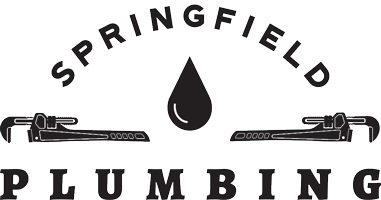Services
Things To Consider Before Purchasing
New Water Heaters
- What type of water heater are you considering? There are many choices such as tank type (Most Common), Tankless, Hybrid, or Indirect.
- Is you existing water heater electric, gas (Natural or LP), Tank or Tankless?
- What size is your existing water heater? Gallons, Height (From the floor to the top of the tank)
- Where in your home is your water heater located? Most units are in the basement or the first floor of the home. Other locations such as 2nd Floors or Attics can require different units or additional access.
- Is your home a mobile home? These units are specialty heater manufactured for those specific homes.
Helpful Tips & Information For
Some Common Water Heater Issues
Water expands when heated. This expansion creates pressure. When the pressure in the tank reach 150 psi (pounds per square inch), the safety relief valve located on the side or top of the heater will open to release this excess pressure. When the pressure is relived sufficiently, the valve will close usually leaving a small amount of water on the floor.
The thermal expansion tank, installed on the cold-water inlet of the water heater, is designed to absorb the expanding water. Customers may also require a pressure-reducing valve which will reduce the incoming water pressure to the standard pressure of 50 psi. This valve, installed at the water meter, will correct pressure to the entire house. In some cases, both the pressure-reducing valve and the expansion tank may be needed to correct the problem. Please check with your local water authorities for more information about this problem.
NOTE: Most old heaters are sufficiently corroded that thermal expansion doesn't affect the relief valve. It usually cracks the old tank, forcing the old heater to be replaced.
Another common complaint with new water heaters is temperature. Some think that the new heater isn’t producing the same water temperature that their old unit produced. For the most part, that is true! Old water heaters were set at 135 to 140F and could scald a person, particularly children, in a matter of seconds. New water heaters are set 120F degrees to prevent scalding. Most water heaters can be turned up, but we won’t change the manufacturers settings. Please refer to your owners manual or the front of the heater for detailed instructions.
1. THE PEAK\OFF PEAK TIMER IS NOT WORKING PROPERLY!
This happens many times, especially if the reason for the water heater replacement was “No Hot Water” and not a leaking tank. Even if the water heater is replaced, the electrical problem won’t be corrected until the power company repairs or replace the timer.
New water heaters, especially 5500 watt 12 yr. units, draw more power than many of the older water heaters. This puts additional strain on the existing breaker. New breaker or fuses should take care or the problem.
Pilot outages can be caused by either a bad draft, condensation, or a bad thermal couple. Thermal couples are a warranty item and are covered by the manufacturer for 6 Year Parts and One Year Labor Warranties.
- BAD DRAFTS: can be caused by high winds making their way
down the chimney. A chimney cap generally will remedy the
situation. - CONDENSATION: is usually a problem which occurs in the winter
time. The new water heater travels to your home in a cold environment.
When the heater is first turned on the heat creates
condensation in the flue chamber of the heater. The water will
then drip onto the flame pan creating a “sizzling” sound. This
sometimes sounds like the water heater is leaking. Trust Us, It’s
Not. The condensation sound stops about 2 to 3 days after installation.
If after that time the heater still making that sound,
please call for service. - BLOCKED CHIMNEYS: A blocked chimney is a very serious situation. If the water heater is
unable to vent through a chimney due to a blockage, Carbon Monoxide
will build up in the basement. CO is very dangerous and can
be fatal to the inhabitants of the home. If we find that the new water
heater is not venting properly WE WILL SHUT OFF THE WATER HEATER
AND POSSIBLY THE HOUSE HEATER FOR SAFETY!











